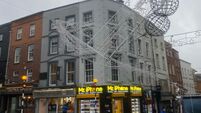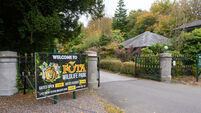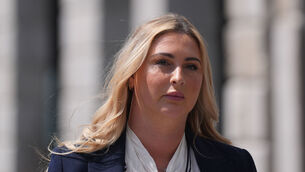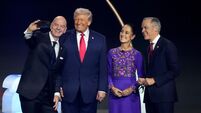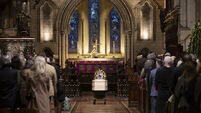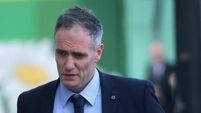A ROYAL WELCOME?
THE first English king to visit Ireland without an accompanying army was George IV who arrived on August 17, 1821. He had come here in 1816 when he was regent, or acting king on behalf of his father King George III, who had gone mad.
Henry II had come to conquer Ireland in 1171, as did King John in 1210, while Richard II came with an army of 8,000 men in 1394 and again in 1399. James II came to Ireland in 1689 in an attempt to regain his crown, but William III came to stop him and defeated him at the Battle of the Boyne. George IV was the first king to visit Ireland since the Act of Union in 1801.








